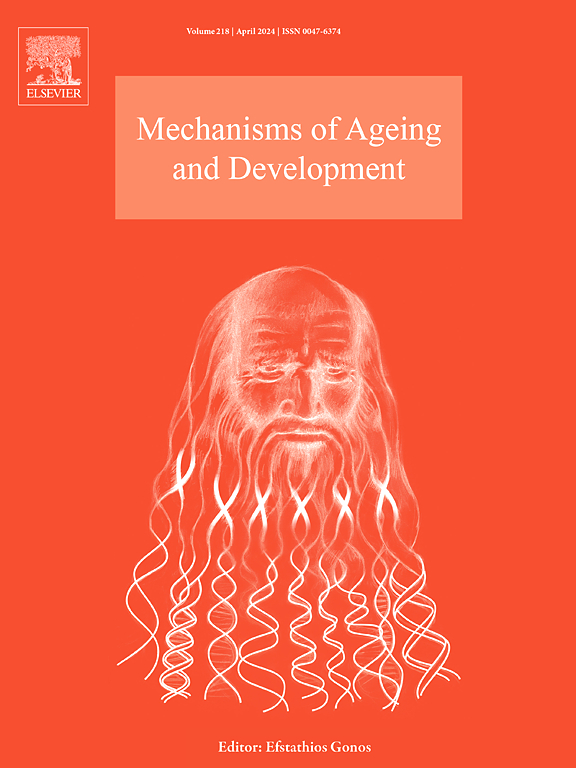Molecular signatures of cellular senescence in cancer: a critical review of prognostic implications and therapeutic opportunities
IF 5.1
3区 医学
Q2 CELL BIOLOGY
引用次数: 0
Abstract
Cellular senescence is a state of permanent loss of proliferative capacity. Therefore, cells that reach a senescent state prevent tumor initiation, acting as an anti-tumor mechanism. However, despite not being proliferative, senescent cells have high secretory activity, constituting the Senescence-Associated Secretory Phenotype (SASP). SASP includes thousands of soluble molecules and extracellular vesicles, through which senescent cells can affect other cells and the extracellular matrix. In advanced tumors, the enrichment of senescent cells can have anti- or pro-tumor effects depending on features like SASP composition, tumor microenvironment (TME) composition, the anatomic site, histopathologic characteristics of malignancy, and tumor molecular background. We reviewed the studies assessing the impact of the senescence status, measured by mRNA or lncRNA molecular signatures, in the prognosis and other clinically relevant information in cancer, including anti-tumor immunity and response to therapy. We discussed the pros and cons of different strategies to define those molecular signatures and the main limitations of the studies. Finally, we also raised clinical challenges regarding the crossroad between cellular senescence and cancer prognosis, including some therapeutic opportunities in the field.
癌症细胞衰老的分子特征:预后意义和治疗机会的重要回顾
细胞衰老是一种永久丧失增殖能力的状态。因此,达到衰老状态的细胞阻止了肿瘤的发生,起到了抗肿瘤的作用。然而,尽管没有增殖能力,衰老细胞具有高分泌活性,构成衰老相关分泌表型(SASP)。SASP包括数千个可溶性分子和细胞外囊泡,衰老细胞可以通过这些分子和囊泡影响其他细胞和细胞外基质。在晚期肿瘤中,衰老细胞的富集取决于SASP组成、肿瘤微环境(tumor microenvironment, TME)组成、肿瘤的解剖部位、组织病理特征和肿瘤分子背景等特征,可能具有抗肿瘤或促肿瘤的作用。我们回顾了通过mRNA或lncRNA分子特征来评估衰老状态对癌症预后和其他临床相关信息(包括抗肿瘤免疫和治疗反应)影响的研究。我们讨论了定义这些分子特征的不同策略的优缺点以及研究的主要局限性。最后,我们还提出了关于细胞衰老和癌症预后之间交叉的临床挑战,包括该领域的一些治疗机会。
本文章由计算机程序翻译,如有差异,请以英文原文为准。
求助全文
约1分钟内获得全文
求助全文
来源期刊
CiteScore
11.10
自引率
1.90%
发文量
79
审稿时长
32 days
期刊介绍:
Mechanisms of Ageing and Development is a multidisciplinary journal aimed at revealing the molecular, biochemical and biological mechanisms that underlie the processes of aging and development in various species as well as of age-associated diseases. Emphasis is placed on investigations that delineate the contribution of macromolecular damage and cytotoxicity, genetic programs, epigenetics and genetic instability, mitochondrial function, alterations of metabolism and innovative anti-aging approaches. For all of the mentioned studies it is necessary to address the underlying mechanisms.
Mechanisms of Ageing and Development publishes original research, review and mini-review articles. The journal also publishes Special Issues that focus on emerging research areas. Special issues may include all types of articles following peered review. Proposals should be sent directly to the Editor-in-Chief.

 求助内容:
求助内容: 应助结果提醒方式:
应助结果提醒方式:


